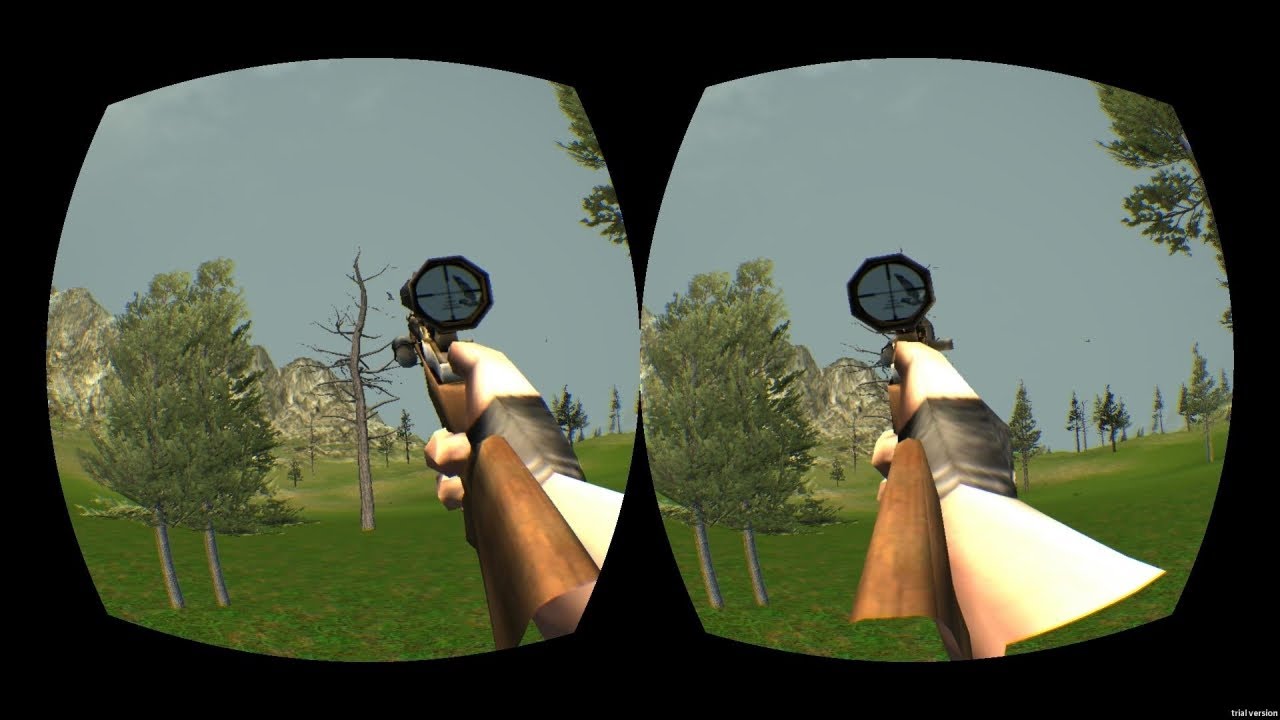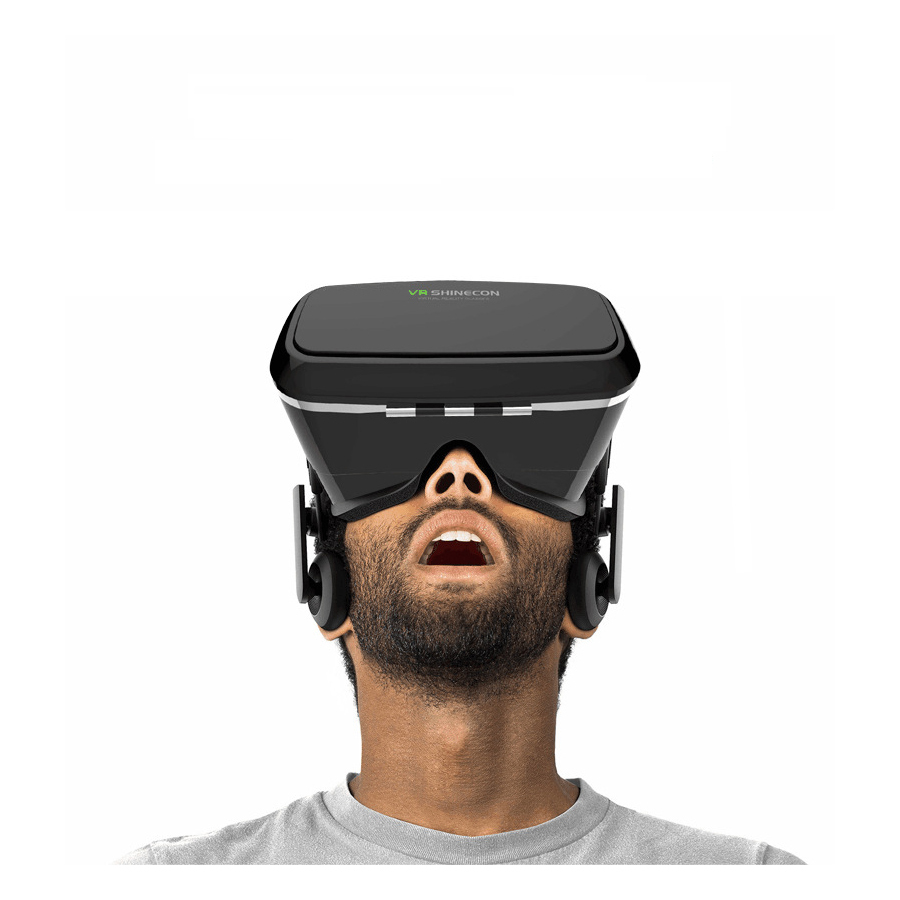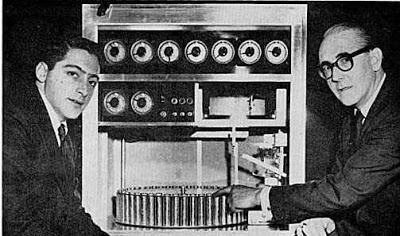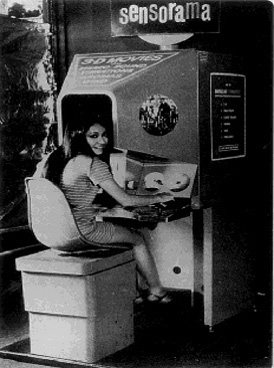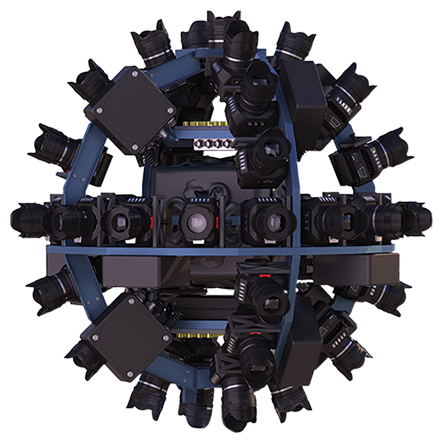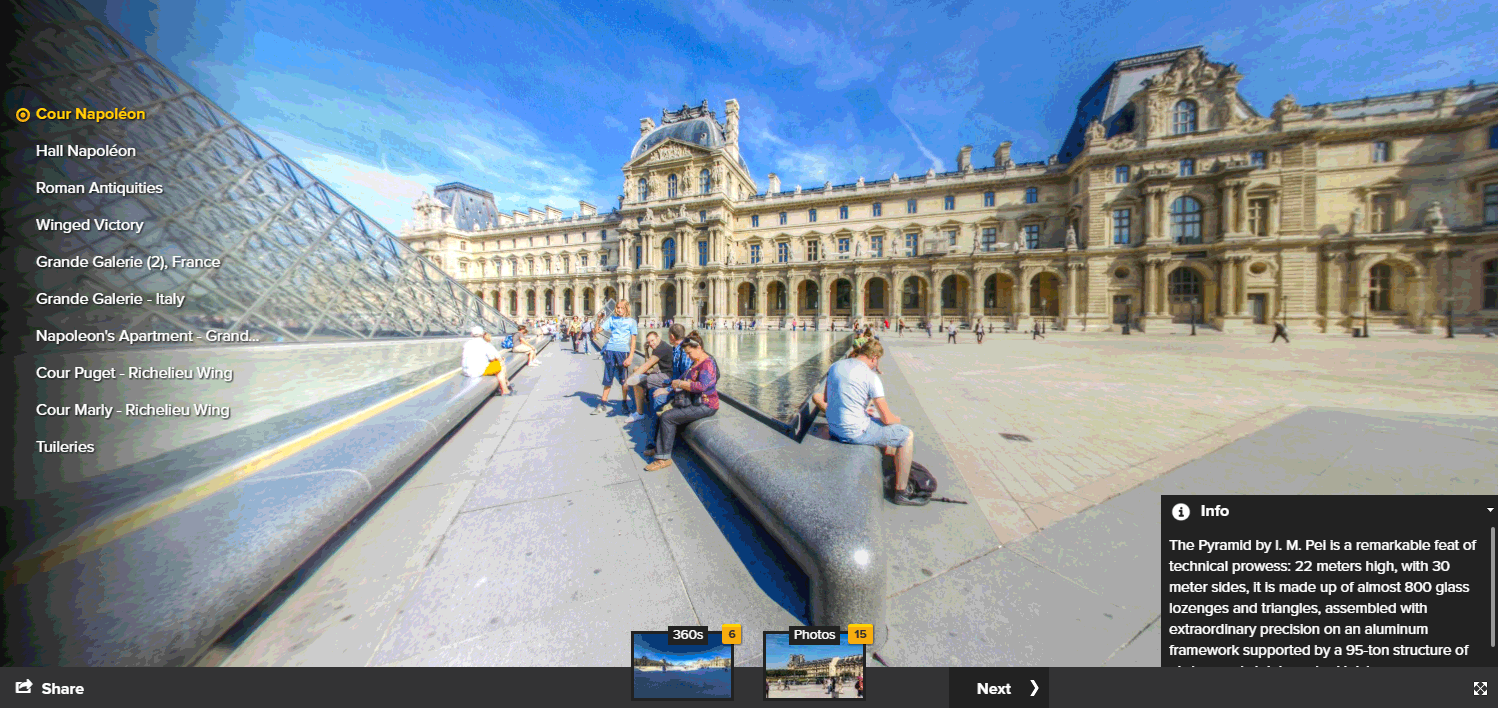5 Kinds of Content that Do NOT Work in Virtual Reality (for now)
1. FPS Games
Despite the enormous hype around playing games in VR, the current generation of VR headsets is not ready. To immerse you in a first-person shooter, it stands to reason that you need to run, correct? The experience of sitting quietly in your chair, or shuffling a few steps forward while playing a fast-moving game is distinctly underwhelming.
For many of the VR games, you need an expensive controller – a Oculus or Vive headset + gamer computer (already running $1500) is not enough. So, a game like Occupation VR or one using Razer Hydra haptic devices requires that you pony up thousands of dollars of hard cash.
What’s the result? Sure, you can feel like you’re grabbing a gun. There’s no way that current VR systems can put you into the world of an FPS, with its impossibly fast movement, lightning action, and ultra low latency. The current VR systems only let you move a few feet away from your starting point. And no VR system in existence or contemplated could, for example, give you an authentic experience of climbing stairs in a building, or going down a ladder into a tunnel.
To repeat, show me a VR system that can reproduce climbing stairs or going down a ladder. And, if you make an expensive mechanical system to duplicate these, what about grabbing a heavy object and lifting?
Face it, current VR is nowhere near Ready Player One. The current FPS game are good at creating conflicts between what you see and what you feel, thereby making you barf.
There’s been a lot recent discussion of the issue, based on motion sickness:
The other problem is the required level immersion. In their present form, even high-end wearable VR headsets cause fatigue. This problem is amplified by more basic systems like Google Cardboard. FPS games require long immersion to get good enough to count. Most people won’t have rigs that don’t exhaust them before they learn to play the game.
In short, the whole VR FPS market is likely due for a crash. Writing VR games is turning out to be incredibly difficult, and there are lots of second-string shops turning out game product that is inferior to the original which used a primitive flat screen and joystick.
Here’s a rogue’s gallery:
http://www.cheatsheet.com/entertainment/6-of-the-worst-virtual-reality-apps-available-right-now.html
2. Ads
Like games, advertising in virtual reality has been hyped. I suspect some sales and marketing people really want to believe that VR will function like a locked room that they can barrage customers with their advertising. The attitude is quite similar to the early Web, with its banner ads.
Bay Area companies like Immersv have already jumped into the fray, with prototype advertising aimed at smartphone-based mobile VR .
Are traditional advertisers too late to the party? Nope. In reality, it isn’t that fun. Games and experiences have to be carefully designed to prevent negative reactions in VR. Most advertisers don’t want that level of hand-crafting – they just want a network where they can blast the equivalent of banner ad at someone using a headset. That will make their intended audience ill physically, not just mentally at the lame hard-sell. There’s a good description of the problems in this article:
http://www.theguardian.com/media-network/2015/dec/03/virtual-reality-in-advertising-2016
The problem is that advertising today is still mostly about a hard-sell. VR advertising will have to be closer to Customer Relations than a television ad. And that will take several years for advertisers to learn (with some horrible mistakes along the way).
Ironically, the more limited VR environments like Google Cardboard may be better places to try out advertising. The less-immersive nature of Cardboard, coupled with the ease of development using WebVR/JavaScript instead of native code, means that advertisers can quickly “fail forward” and try a lot of concepts out on consumers. Since many consumers are getting their first VR experience via a few tens of seconds in Cardboard, this is a reasonable strategy.
3. Porn
Yup, the supposed killer app for VR has feet of clay. Not only are the haptic “devices” needed to make the experience stimulating clunky and grotesque, but the nausea effect has cropped up in porn.
In short, you have to lie on your back to enjoy – the kind of movement pundits extol in this category are likely to make you sick.
To date, the reality of what would be possible in this area clashes with the ubiquitous “orgasm guy” found in so many VR discussions. No point in repeating it here.
Another beardneck is “almost there”…
Now, its true that the arrival of the Oculus has resulting in reporting on games and porn, often mixed up together. But this is really delusional. We don’t have the fine-grained motion capture necessary for this to work well. And haptics…well, “teledildonics” has been around for many years, and still seems lame, as well as vaguely disgusting.
But we need more senses for real porn. And what about smell-o-vision?
Smell-o-Vision, for early 1960s movies
Note that there is a flatscreen TV that releases scents with a pixel-level accuracy (but limited smells):
The resulting consumer device will be even more complex than imagined…and it will have to be better than previous attempts, all of which rapidly fell out of use after hyped introductions.
The dream of VR porn is not new. In Huxley’s SF masterpiece from the 1930s, Brave New World, there are “Feelies” which replaced the “talkies” (Huxley is referring to the addition of sound to motion pictures) in the World State. In the novel, people can directly feel everything that happens to the character (e.g. the texture of the bearskin rug they are lying on). In other words, full haptics.
(You probably should read this)
And what do we have with current VR? We don’t have the Feelies, we have gawking. All you can really do is look. Without decent haptics, it is just an expensive, electronic peep show.
There will be VR porn, but its audience will be exactly the same group that would go into peep show. Is this really a market catering to mass-audience eroticism? Nope.
4. Traditional film
When confronted with VR, filmmaker James Cameron feels that the media is distinctly underwhelming. Why is this? Because VR removes the single most powerful element of film – the ability of the director to specify the point of view, and rapidly change it for artistic effect.
This shift is obvious when you look at the kind of cameras used to make VR – they look out everywhere, instead of through the “4th wall” into a scene.
In contrast, VR instantly locks you into one position. Try and do the type of shifting common in film, e.g. a “jump cut” and you will have something closer to a “vomit cut.” In fact, it is regressive – the VR experience will be more like a 19th century live stage play where you are in the front row. There are interesting things there, but it is not what filmmakers have been doing for the last century.
It will be a LONG time before the skills acquired in 100 years of film make their way into VR. Both technology and storytelling will have to improve. The big problem: control. Directors are used to having absolute power over their audience. Consider what they do: confine people inside a dark room, facing forward with no ability to control, just react to the director’s control. VR will require that directors give up consider power in their filmmaking.
A good analogy for this is the difference between graphic and web design. Traditional graphic design was all about control – designers absolutely specified every part of their design. The design was then mass-produced in a one-way fashion. All you could do with a Modernist or Dada poster was to look at it. In contrast, the web invited two-way communication, social sharing, even edits of the original. For most traditional print designers, this was a huge turn-off. In the end, a new generation of interactive designers created the web. They applied print techniques, but mixed them with audience-centric interaction.
Control is characteristic of 20th century media, which had passive viewing as its core. VR is a 21st century media with interaction as its core. Graphic designers didn’t create the web. Traditional filmmakers won’t create “filmmic” VR.
One thing VR will kill is “3d” movies, which have not lived up the the hype of a few years ago…
http://www.extremetech.com/extreme/145168-3d-tv-is-dead
5. Museums and Art Galleries
VR has the potential to let people experience art and artifacts close up and in detail, while preserving often fragile antiques. The ability to see something in a 3D environment in a museum half the world away seems to be a natural. But don’t get too excited about this one, though.
Appreciation of either fine art or an ancient bone require very high resolution, and this is exactly what the first wave of VR will not deliver. Even HD 360 video won’t begin to match the detail people actually visiting a museum would see. If it is video, you generally are stationary while a 3D world unfolds around you. To go up and expect an object in detail, you have to shift from video to a true 3D scene with video “wrapped” as a texture over the 3D shapes. This is pretty difficult, especially if you want detail. And detail is exactly what people will want.
A good article on the topic:
http://amt-lab.org/blog/2016/3/virtual-reality-and-audience-engagement-in-museums
As an example, consider a document on display like the Magna Carta. On could make a VR scene of the room, but it is unlikely that it will capture the authenticity one receives by viewing the physical parchment with its dirt and 1000-year old ink. No current video capture will collect enough data to show fine shadows, subtle colors and textures that would be seen in the real object. This is also true for famous paintings – to reproduce the museum experience, the VR system would have to capture all the tiny hills and valleys created on the canvas by differently-applied pigment.
In other words, consider what people do when they see something interesting in a museum. They lean in very, very close. If they do this in VR they are likely to be disappointed.
As it is, museums already have hundreds of virtual tours experienced with a flatscreen 2D computer interface. These have been around since the very dawn of the web. Most use older technology and aren’t able to recreate the experience except in a very superficial way.
One exception to this rule might be architecture. People experience architecture at a distance – most of what you look for is part of large objects at a considerable distance. Unlike virtual museums, virtual architecture tours could work in the near term.
But for a true museum experience, unless resolutions go up tremendously (think 16k or 24k sampling of at least part of the exhibits) VR isn’t going to offer much more in the way of an experience.

